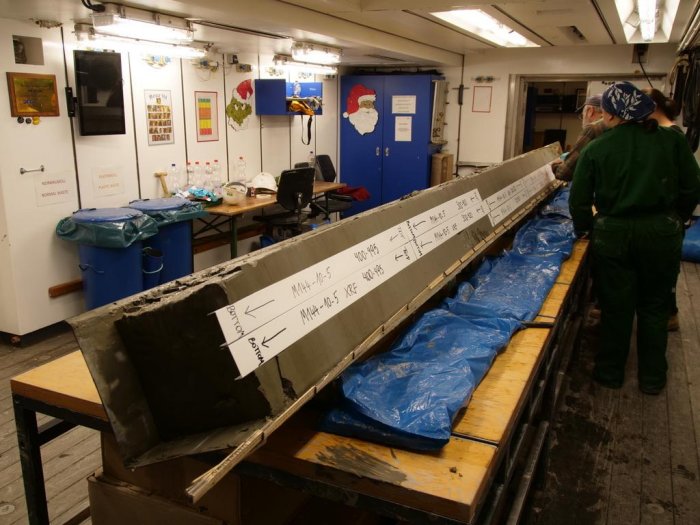Jan Bartek – AncientPages.com – Research conducted by geoscientists from Heidelberg University has provided new insights into early environmental contamination in the Aegean Sea region.
By analyzing sediment cores from the sea floor and surrounding coastal areas, the study found that humans began contaminating the environment with lead approximately 5,200 years ago, much earlier than previously recognized. These findings are complemented by pollen analyses from the same sediment cores, highlighting lead contamination and offering valuable information on socioeconomic changes in the Aegean. The data even reflect significant historical events such as the Roman conquest of Greece.
The Aegean region is notable for being the birthplace of some of ancient Europe’s earliest cultures. A research team conducted a study to determine when and how early human activities in this area impacted both terrestrial and marine ecosystems.
To achieve this, they analyzed 14 sediment cores from the Aegean Sea floor and its surrounding coastline. Among these, a core extracted from a peat bog revealed the earliest known evidence of lead contamination in the environment. The researchers dated this lead presence to around 5,200 years ago, which is approximately 1,200 years earlier than previously recorded instances of environmental contamination with lead attributable to human activity.
“Because lead was released during the production of silver, among other things, proof of increasing lead concentrations in the environment is, at the same time, an important indicator of socioeconomic change,” states Dr Andreas Koutsodendris, a member of the Palynology & Paleoenvironmental Dynamics research group of Prof. Dr Jörg Pross at Heidelberg University’s Institute of Earth Sciences.
The science vessel is sampling sediment cores off the Peloponnese in the Aegean Sea. Credit: Andreas Koutsodendris
The sediment cores the Heidelberg scientists analyzed contained lead as well as pollen, which allowed them to reconstruct vegetation development in the Aegean region. The pollen content pointed to how the land was used. “The combined data on lead contamination and vegetation development show when the transition from agricultural to monetary societies took place and how that impacted the environment,” stresses Jörg Pross in a press release.
Credit: Bertil Mächtle
Lead concentration rose significantly about 2,150 years ago, accompanied by intense deforestation and increasing agricultural use, as indicated by the composition of the pollen spectra. Starting then, lead contamination is also evident in sediment from the floor of the Aegean Sea – the earliest record worldwide of human-caused lead pollution in the ocean, emphasizes Andreas Koutsodendris.
See also: More Archaeology News
“The changes coincide with the conquest of Hellenistic Greece by the Romans, who subsequently claimed for themselves the region’s wealth of resources,” adds Heidelberg archeologist Prof. Dr Joseph Maran. The Roman conquerors thus pushed the mining of gold, silver, and other metals, with ore extraction and smelting also requiring wood.
The study was published in the journal Communications Earth & Environment
Written by Jan Bartek – AncientPages.com Staff Writer




